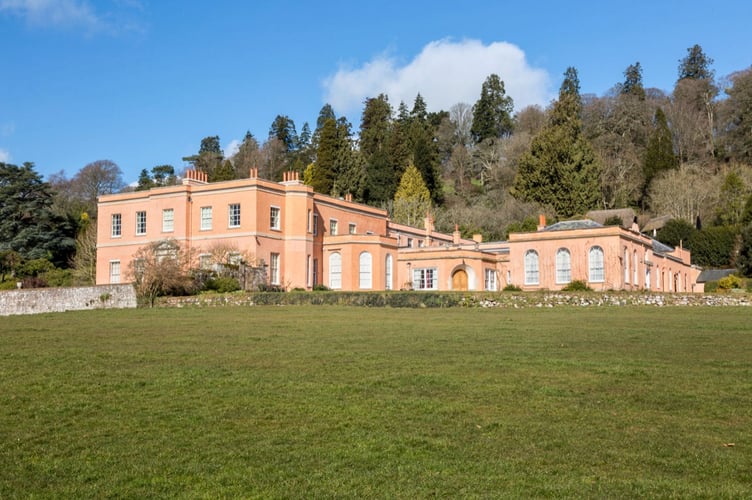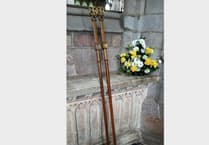WE were delighted to welcome Nick Cox to Thorverton History Society again after a very successful and fascinating garden tour last June.
This time he was available to introduce us to the house and history of (the now National Trust property) Killerton House, near Broadclyst, set in its own estate and gardens of about 10 square miles.
As an estate, Killerton was first mentioned in 1242 and it is believed that the name originated with a family named Kildrington.
It has been owned by the National Trust since 1944 when it was gifted by the owner, Sir Richard Acland.
A founder of the Commonwealth Party, his intention to achieve a more equitable distribution of wealth was to sell the property, however, his duty to the community of tenants on the estate meant that it was eventually gifted to the National Trust.
The title of the talk is an homage to the British artist John Gendall (born in Exeter in 1790) who was an art tutor to the Acland family and produced a portfolio of sketches entitled “Fragments of Killerton”.
He lived in Cathedral Close, Exeter, assisted in the creation of the University and in 1861 helped create collections for the inception of the Royal Albert Memorial Museum.
The Acland family name, long associated with the estate, was first referenced in 1155 when Hugh de Accelan came into possession of a small estate in North Devon, which may have been gifted from William the Conqueror.
Killerton itself was purchased from the Drewe family in 1638 and became the principal residence of the Acland family in 1680.
Early maps indicate a substantial house with orchards to the front and surrounded by a walled garden and a processional way to the Columbjohn chapel from the house. This remained a family place of worship until the new chapel was built in the grounds in 1841 inspired by the Norman chapel in Glastonbury dedicated to Joseph of Arimathemia.
By the 1770s the main house was felt to be old fashioned and a Palladian style mansion was commissioned from the architect James Wyatt. The original plans, however, were abandoned and remodelled by John Johnson with a hint of the Palladian style residing in the stable block built in 1778 by him. It houses a fine clock and bell cast by Thomas Castleman Bibie of Cullompton.
Nick led us through a route in the gardens which allowed us to appreciate and learn details about the remnants of the Italianate Gardens and the fabulous Borghese vases which are made from artificial stone from a unique process and recipe by one Eleanor Coade.
Her home, Belmont House in Lyme Regis, is now owned by the Landmark Trust. Also in this area is a sundial made by Benjamin Martin in 1780.
Within the gardens we also learnt about the origins of the Hermit’s Hut (more popularly known now as the Bear Hut owing to a brief period when a black bear cub was on the estate!) as well as the ice house and the lovely Beech Walk. Finally, in the “Fragments” there was the orangery which stood on the upper lawn to the west of the house. Sadly this building fell into disrepair and was demolished in 1936 by Lady Acland, who found it a monstrosity.
This was a fascinating talk with great detail and fascinating links to original illustrations of the house and gardens by Gendall, allowing the audience to rightly appreciate the asset that we have on our doorstep. Nick reminded us that garden tours remain available on Fridays.
Recorded by A Marshall




